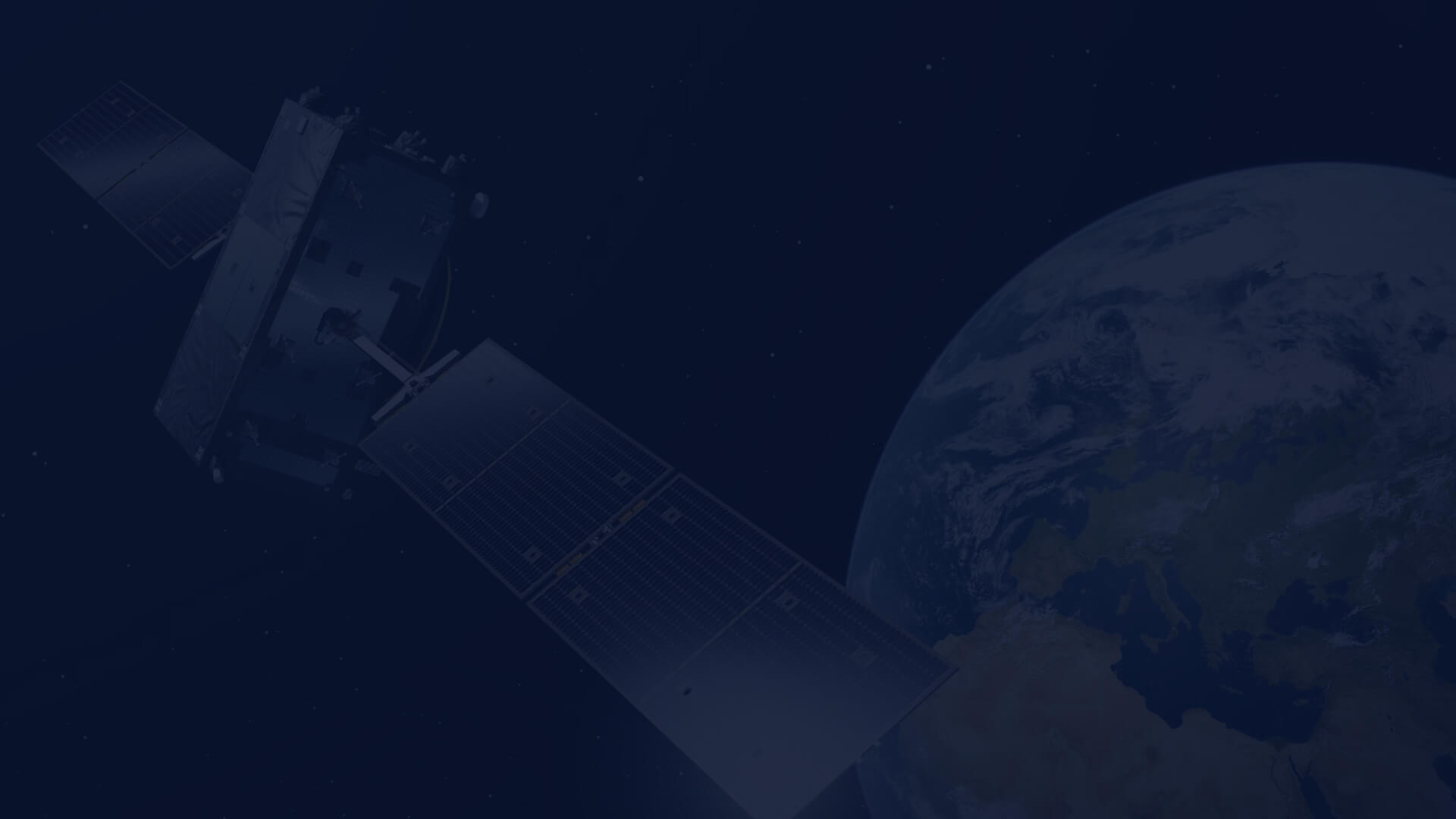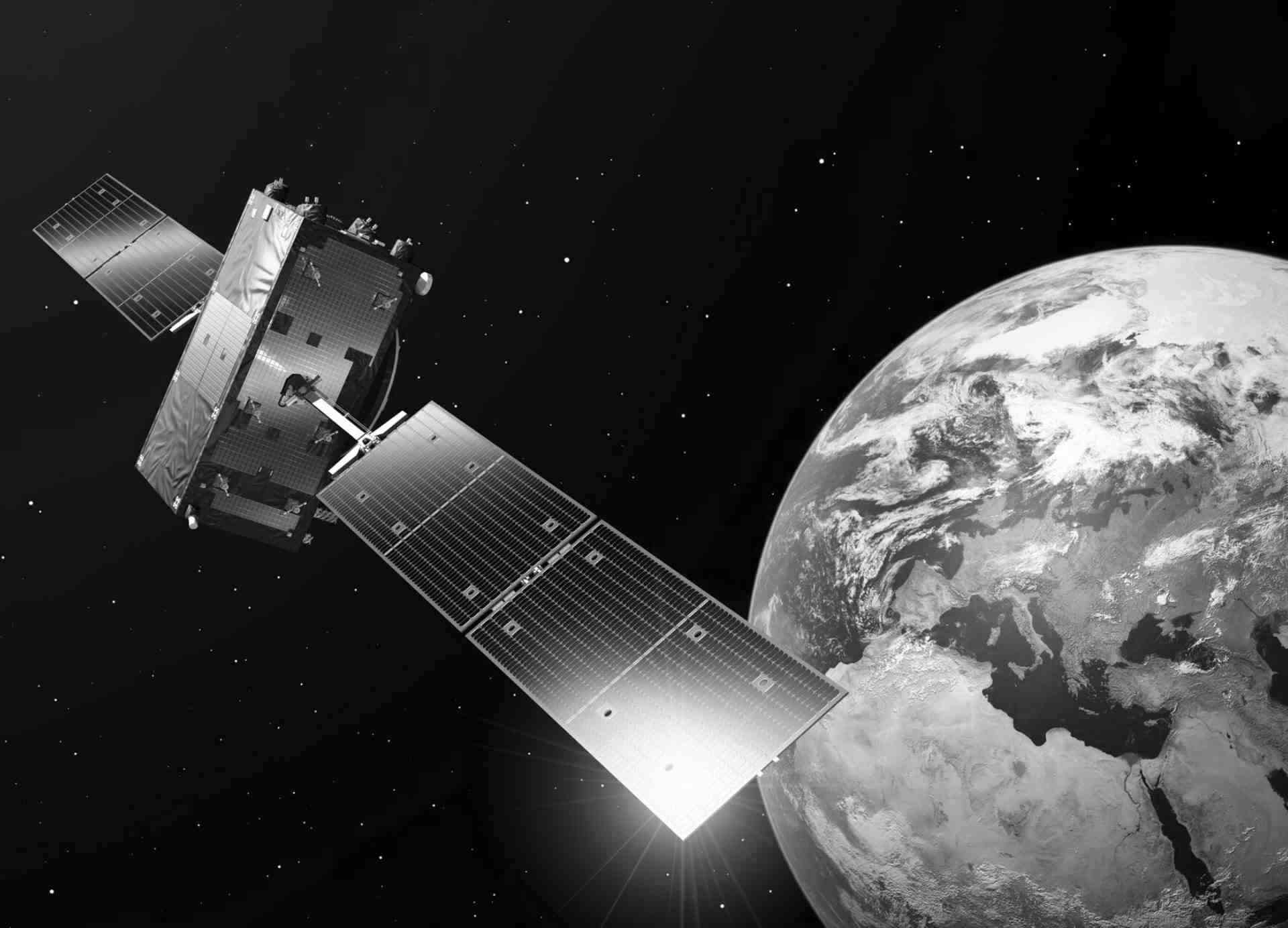Kubernetes clusters can be provisioned on WAW3-2 cloud via OpenStack Magnum, in a platform as a service model. We have now added the capability of provisioning master nodes of these clusters with fast NVMe storage. Thus, the etcd key-value store is deployed and accessible with low latency.
This scenario is especially relevant for data-intensive applications on clusters with high load and multiple K8s resources to ensure robust operations. To apply the feature, create a cluster with HMAD flavor master nodes, and add a relevant label during cluster creation in the Horizon GUI.
Check out the knowledge base article to find out more.
GPUs (Graphics Processing Units) feature multi-core architecture that enables highly parallel workloads. With specific algorithms especially in the field of Machine Learning, GPUs greatly outmatch the performance of modern CPU units.
On WAW3-1 cloud, you can now combine the power of vGPU with the capabilities of CloudFerro Kubernetes as a Service, which features autoscaling and native integration with other cloud services. You can now create a new K8s cluster consisting of vGPU worker nodes from the Horizon GUI in a few minutes. You can also add vGPU nodes to an existing cluster.
For more information, read an article about vGPU in K8s Knowledge Base.
To simplify and enhance your experience while mitigating any operational or billing issues, we have recently implemented some important changes to CloudFerro cloud capabilities.
Running Windows on Virtual Machines (VMs) on the CloudFerro cloud has been enhanced to ensure greater efficiency and flexibility for our clients. Before the changes, users were able to install Windows on any VM, which led to complications in billing, VM migration, and increased costs. To address these issues, improvements have been implemented and now Windows can only be installed on specialized VMs identified with a "w" in their name on WAW3-1 and CF2 instances. These new flavors include the cost of a Windows license, streamlining billing and operational procedures. This also enables both pay-per-use (PPU) and pay-as-you-go (PAYG) billing models to support Windows OS.
What does it mean for the existing clients?
If you already are the CloudFerro client, you do not need to take any action — your current VMs will continue to function as usually. For new Windows VMs, make sure to select these new specialized flavors. The new VM types are optimized to leverage the full capabilities of the physical servers they run on and optimize the cost of licenses.
In addition, new Windows compatibility to FRA1-2 and WAW3-2 instances have also been added to respond to the clients’ demand.
For specialized Windows needs which are not covered by these new flavors, please contact your account manager for tailored solutions.
We are pleased to invite you to attend a webinar „Introduction to CREODIAS 2.0 - the first commercial element of the Copernicus Data Space Ecosystem". From the webinar you will learn how to use the new CREODIAS capabilities that make the platform a unique environment for creating and scaling commercial services using Copernicus data.
CREODIAS provides commercial services for Copernicus Data Space Ecosystem, offered by a Consortium consisting of T-Systems as a leader, CloudFerro, Sinergise, VITO, DLR, ACRI-ST, and RHEA. The platform provides immediate access to the Copernicus Sentinel satellites data and Services, Envisat and ESA/Landsat data and other EODATA.
Its design allows Third Party Users to prototype and build their own value-added services and products. A set of pertinent tools guarantees simplicity, scalability and repeatability of any services’ value chain. CREODIAS offers integrated public cloud services for data processing and serverless processing.
During the webinar, we will present the new version of the CREODIAS platform that offers even more capacity and scalability for users' projects, free services and tools based on EO Data, and commercial services.
WHEN: Thursday, 19th October, 14:00 - 15.30 CEST
DURATION: 90 min
AGENDA
- CREODIAS as a first commercial element of Copernicus Data Space Ecosystem – Jan Musiał, CloudFerro
- New features of CREODIAS 2.0 – Jan Musiał, CloudFerro
- Free credits for pre -commercial exploitation & research - Jan Musiał, CloudFerro
- EODATA repository – Jan Musiał, CloudFerro
- Commercial services of CREODIAS
- CloudFerro WAW3 Cloud services - Jan Musiał, CloudFerro
- Open Telecom Cloud services - Uwe Marquard, T-Systems
- Sentinel Hub - on-the-fly processing service for satellite data - Andras Zlinszky, Sinergise
- openEO - programming libraries to process a wide variety of EO datasets – Pratichhya Sharma, VITO
- Use cases for different user groups
- For scientists: CREODIAS meets science – air quality monitoring using EO data – Patryk Grzybowski, CloudFerro
- For service providers: Yield Prediction by Satellite - Uwe Marquard, T-Systems
- For public administration: CAP monitoring with Sentinel Hub – Andras Zlinszky, Sinergise
- For startups: openEO Algorithm Plaza: A One-Stop-Shop for EO Solutions - Pratichhya Sharma, VITO
- Q&A session
THIS WEBINAR IS FOR YOU IF:
- you are looking for a platform that provides an easy access to Earth Observation data, together with Earth Observation focused applications for data access and processing
- you are a current CREODIAS user who wishes to use the platform’s full functionality and potential
- you are a user of Copernicus Open Access Hub, seeking a more advanced functionality for Earth Observation data processing
WHAT YOU WILL LEARN:
- what are the new CREODIAS capabilities
- what to pay attention to when using cloud resources
- what you can find in the CREODIAS knowledge base and how to look for support
- how the platform services and tools can be applied by different user groups - on the basis of use cases
PRESENTERS:

Patryk Grzybowski, CloudFerro
Patryk works in CloudFerro Data Science. He is responsible for developing tools for automation of data collection, analysis and verifying its completeness. He is also involved in conducting trainings and providing EO-data related use cases. He is a great enthusiast of popularization of EO data. Patryk is a PhD candidate at University of Warsaw – his main area of interests are air quality and meteorology.

Uwe Marquard, T-Systems
Uwe Marquard has been working as key account manager in public sector business for more than 10 years, being responsible for space programs like Copernicus and Galileo. As appointed service manager he is responsible for managing the Copernicus Data Space Ecosystem contract with ESA. He has also been involved in setting up the Mundi DIAS based on Open Telekom Cloud.

dr Jan Musiał, CloudFerro
Dr Jan Musial specializes in application of satellite imagery in various environmental analyses such as: agriculture monitoring, cloud masking, soil moisture retrieval and climate change. He received Master of Arts diploma from the Inter-Faculty Studies in Environmental Protection at the University of Warsaw, Poland. Currently, Jan works as a Senior Data Scientist at the CloudFerro company which develops and operates large cloud computing infrastructures combined with a massive EO Data repository.

Pratichhya Sharma, VITO
Pratichhya, a Geomatics Engineering graduate from Nepal, joined the VITO Remote Sensing team in 2022 as a Researcher. Her work introduced her to openEO and Terrascope EOplaza, which has later evolved to openEO Algorithm Plaza within the Copernicus Data Space Ecosystem Project. This experience deepened her interest, and she now actively participates in openEO workshops and training.

Andras Zlinszky, Sinergise
Andras is a PhD in Ecology and Conservation Biology, who is using satellite data for more than a decade for his research, work, and, most importantly, raising awareness of various environment-related issues. As a community evangelist, his role is to communicate with the widest public on how useful the EO data are, and how they can be used in the best possible manner. Twitter: @azlinszky

